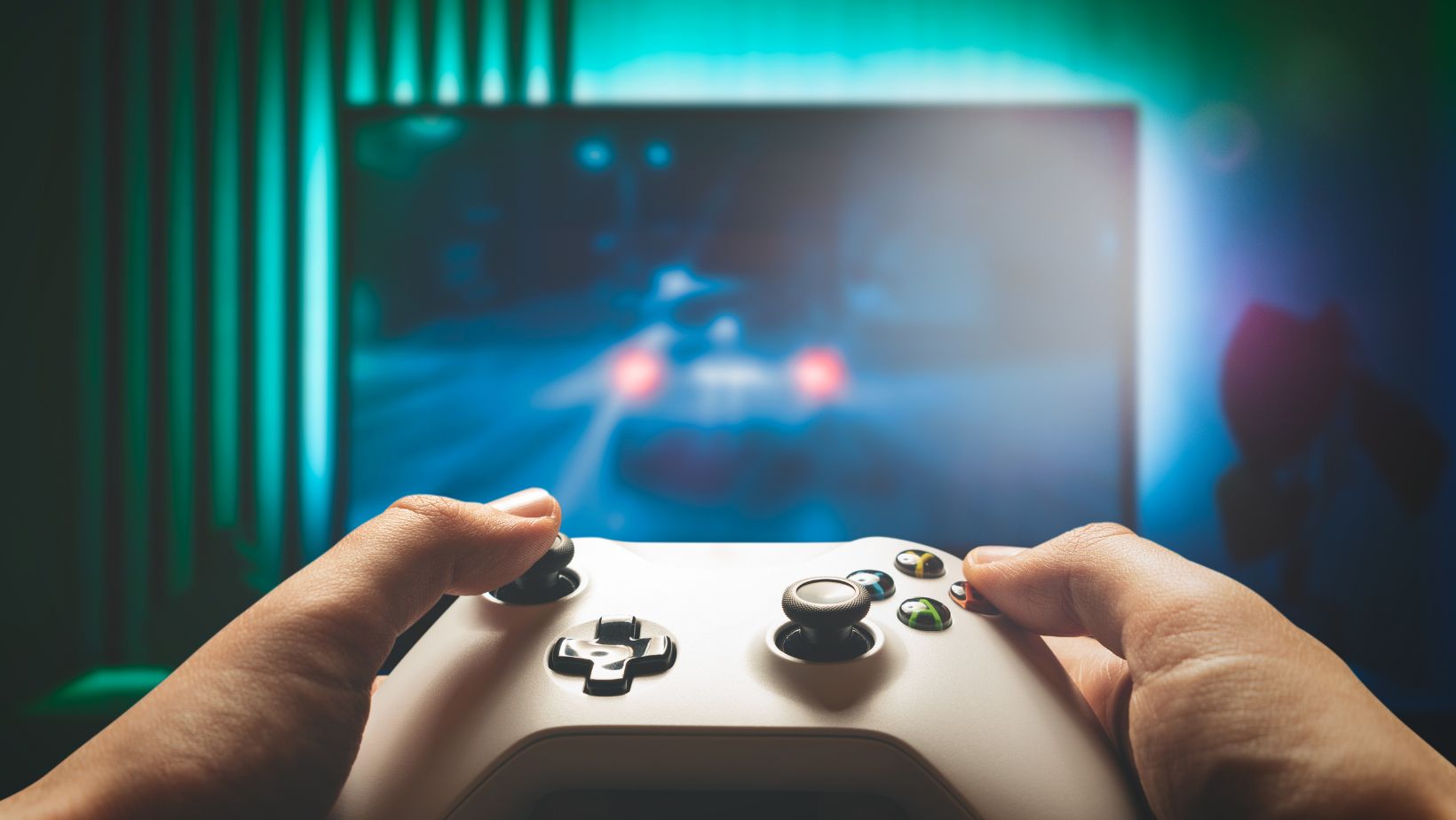
When you think about eSports, North America should cross your mind for being instrumental in this gaming scene. This is because leading developers and organizations like Team Liquid, Cloud9, and Complexity Gaming are based there, meaning a huge fan base with elite players in this region.
Though Brazil, Europe, and CIS have dominated CSGO, North America hasn’t performed well after the pandemic. With the introduction of Valorant and the emphasis on European-based competitions, much has been expected from the North American fandom in Counter-Strike. Is there hope for the huge fan base? Let’s find out!
A Look into How Counter-Strike Dwindled in North America
After Cloud9 earned the prestigious ELEAGUE Boston Major Award in 2018, a lot changed in the esports realm in North America. Think of the seasons that followed with more teams like Team Liquid making a lasting impression in Counter-Strike competitions, earning six titles in multiple tournaments. It was an incredible year for North American teams in the Counter-Strike map, with Evil Geniuses and Team Liquid getting into the World ranking and the latter boasting the Intel Grand Slam.
At the prime of such glory came the pandemic that burst the booming bubble in North America. The travel bans and LAN events worsened this, as teams could not engage in physical head-to-head tournaments. Consequently, the interest in viewership and professional competitions dropped within the American leagues.
What worsened this sad reality was the launch of Valorant. The move gave notable Counter-Strike players like Yay, Tenz, and Shroud hope to diversify into this new video game. Later, more iconic players followed suit, hence the lack of engagement in Counter-Strike.
A Chance to Revitalize and Reclaim Lost Glory?
Counter-Strike Global Offensive is an iconic title in the esports ecosystem. It has attracted thousands of players, fans, and even gamblers signing up on betting sites to bet and get GGBet bonuses betting on this video game.
In its latest moves, Valve has tweaked the CS: GO mechanics and rebranded the title Counter-Strike 2. The tweaks now make it possible for amateurs and experienced players to adapt to the new play style easily.
Elite professional players who still fancy CS: GO now have a chance to put their honed skills to the test. It is a chance to show your precision skills in shooting and altering spray patterns. In addition, the need to adapt to spatial awareness, new lineups, game senses, and new smoke grenade mechanics cannot be downplayed.
The new tweaks have leveled the playfield with every professional player honing their skills and having an A-game in elite competitions. Players like ZywOo and S1mple are up for the challenge in Counter-Strike tier 3.
The rebranding to Counter-Strike is an excellent opportunity for experienced and upcoming players in North America to get into competitive play. Players need to familiarize themselves with Valve’s new release. Surprises could happen even with experienced players finding their way back to the limelight. However, this does not limit new players and teams from rising through the ranks and becoming successful Counter-Strike players.
A good example is how Nouns Esports has braved tier 2 competitions like CCT. And if you are a fan of tier-1 esports, you cannot fail to recognize Complexity’s performance at IEM Sydney. Arguably, Complexity is bound to be a significant rival in Counter-Strike 2. Besides, domestic teams like Ninjas in Pyjamas have a local diehard following with a lot to prove in the scene.
Counter-Strike 2 has a huge following in the States, but players are yet to find professional teams with amateurs honing their skills for a foot into the global map. Complexity is real proof that Counter-Strike 2 could spark passion and great competition. This could be a wake-up call for North American players to get into professional gaming, thus the initial prowess and stardom globally.













